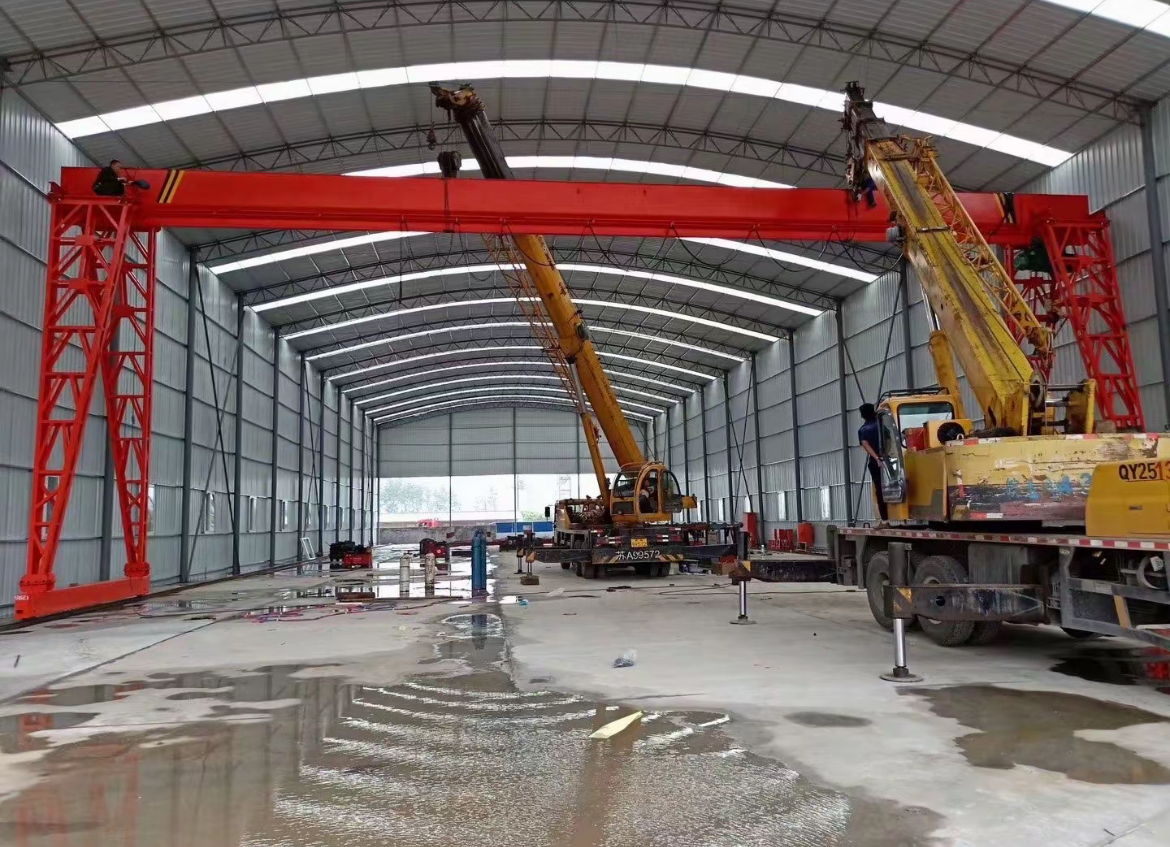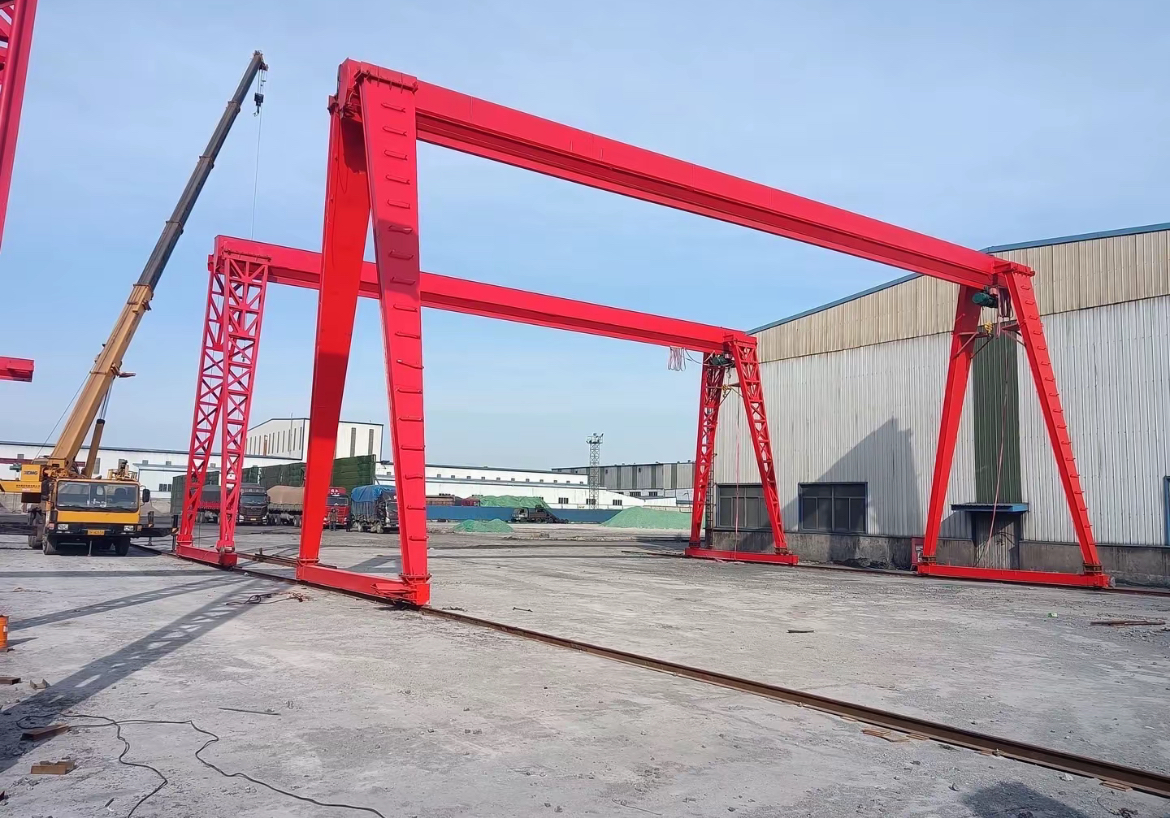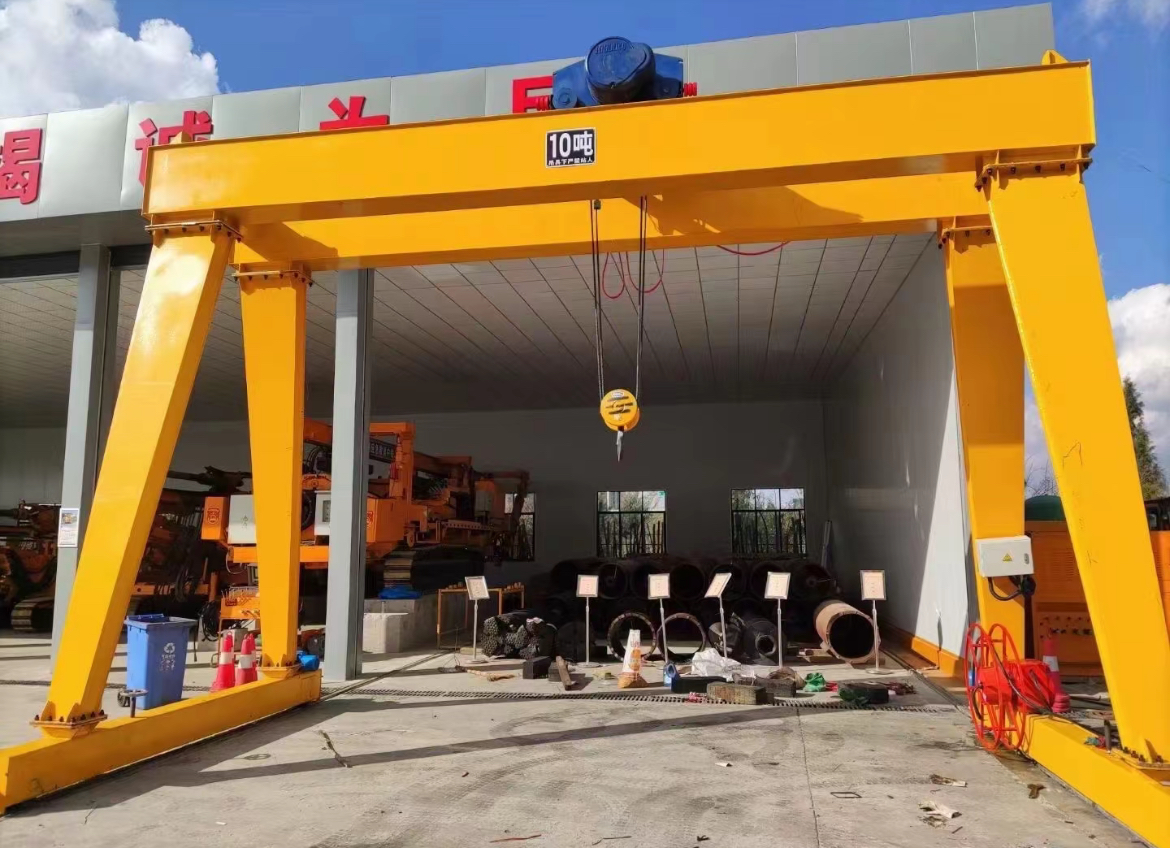Environmental and Operational Considerations for Gantry Crane Installation
The successful deployment of heavy lifting infrastructure demands meticulous coordination between technical specifications and operational environments. A gantry crane installation represents a significant undertaking where every crane operation must follow a carefully developed lift plan to ensure safety and efficiency. The complexity of erecting a gantry crane requires that the lift plan addresses all aspects from site preparation to final commissioning. This comprehensive approach to crane installation ensures that the gantry crane system meets both immediate operational needs and long-term reliability requirements.

Site Assessment and Foundation Requirements
The initial phase of any gantry crane project involves thorough site evaluation. The proposed location for the crane must undergo detailed geological surveying to determine soil bearing capacity and stability characteristics. A properly engineered foundation is crucial for gantry crane stability, as it must withstand both static loads and dynamic forces during crane operation. The lift plan must account for all spatial considerations, including vertical clearances and horizontal movement paths for the gantry crane. Environmental factors such as wind patterns and seismic activity also influence the crane foundation design and must be documented in the lift plan.

Installation Methodology and Safety Integration
The erection process for a gantry crane requires specialized equipment and qualified personnel. The lift plan must detail specific procedures for component assembly, including sequential erection of support structures and main girders. During crane construction, the lift plan establishes safety protocols and protective zones to secure the work area. Each gantry crane component must be inspected according to the lift plan specifications before proceeding to subsequent assembly stages. The crane control systems and safety devices require particular attention in the lift plan to ensure all components integrate properly within the gantry crane structure.

Commissioning and Operational Transition
The final phase of gantry crane implementation involves systematic testing and commissioning. The lift plan outlines progressive testing procedures, beginning with no-load operation and advancing to rated capacity trials. Each crane function must be verified according to the lift plan requirements, with particular focus on braking systems and overload protections. Operator training forms an essential component of the lift plan, ensuring personnel understand the specific characteristics of the gantry crane system. The completed crane documentation, including all lift plan revisions and test records, provides the foundation for ongoing maintenance and operational safety.
The implementation of a gantry crane system represents a complex engineering challenge that demands systematic approach through detailed lift plan development. By addressing all technical requirements and safety considerations within the lift plan, organizations can ensure successful crane integration into their operational facilities. The continued reliability of the gantry crane depends on maintaining the standards established during the initial lift plan development throughout the equipment's service life.


